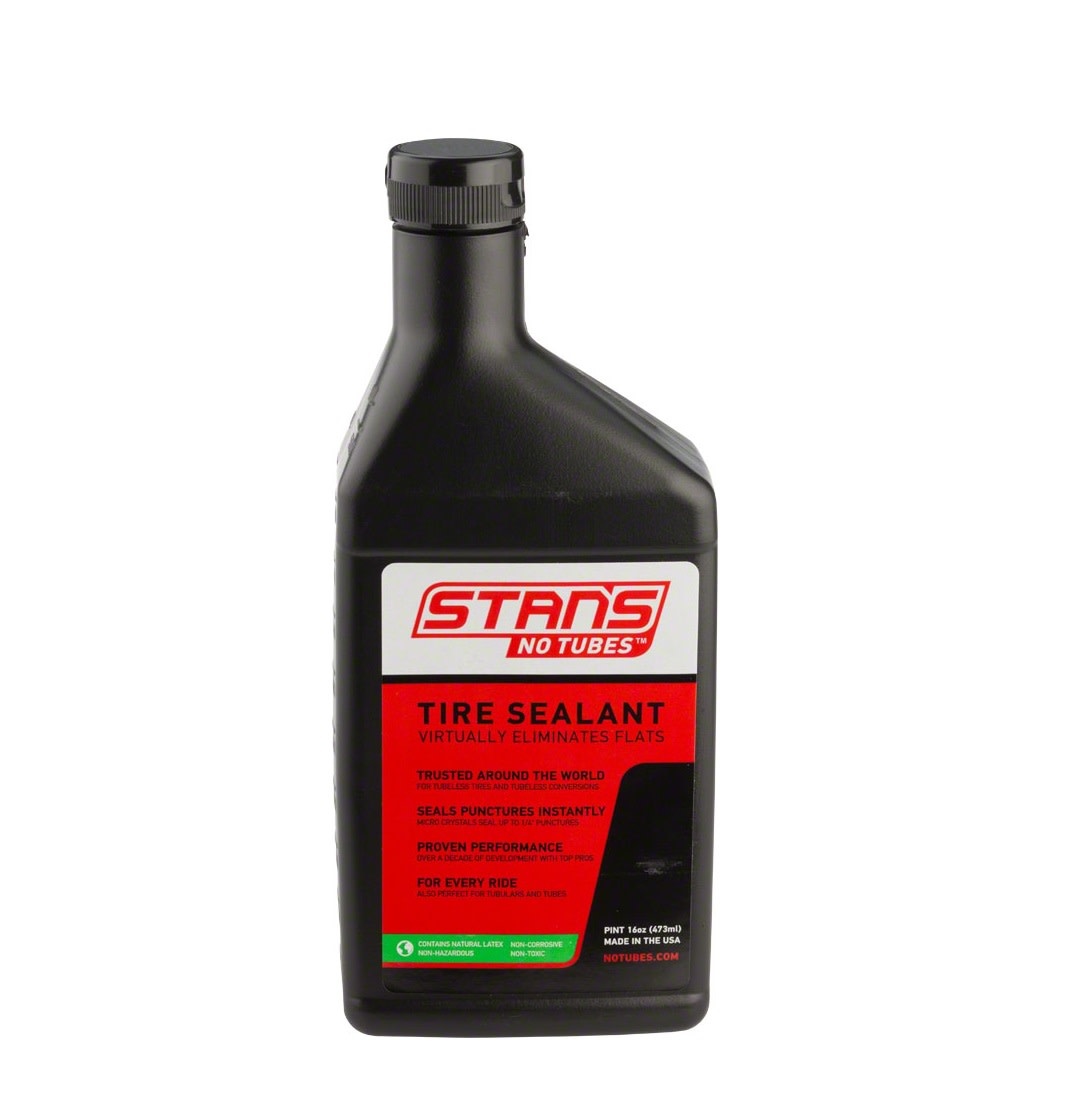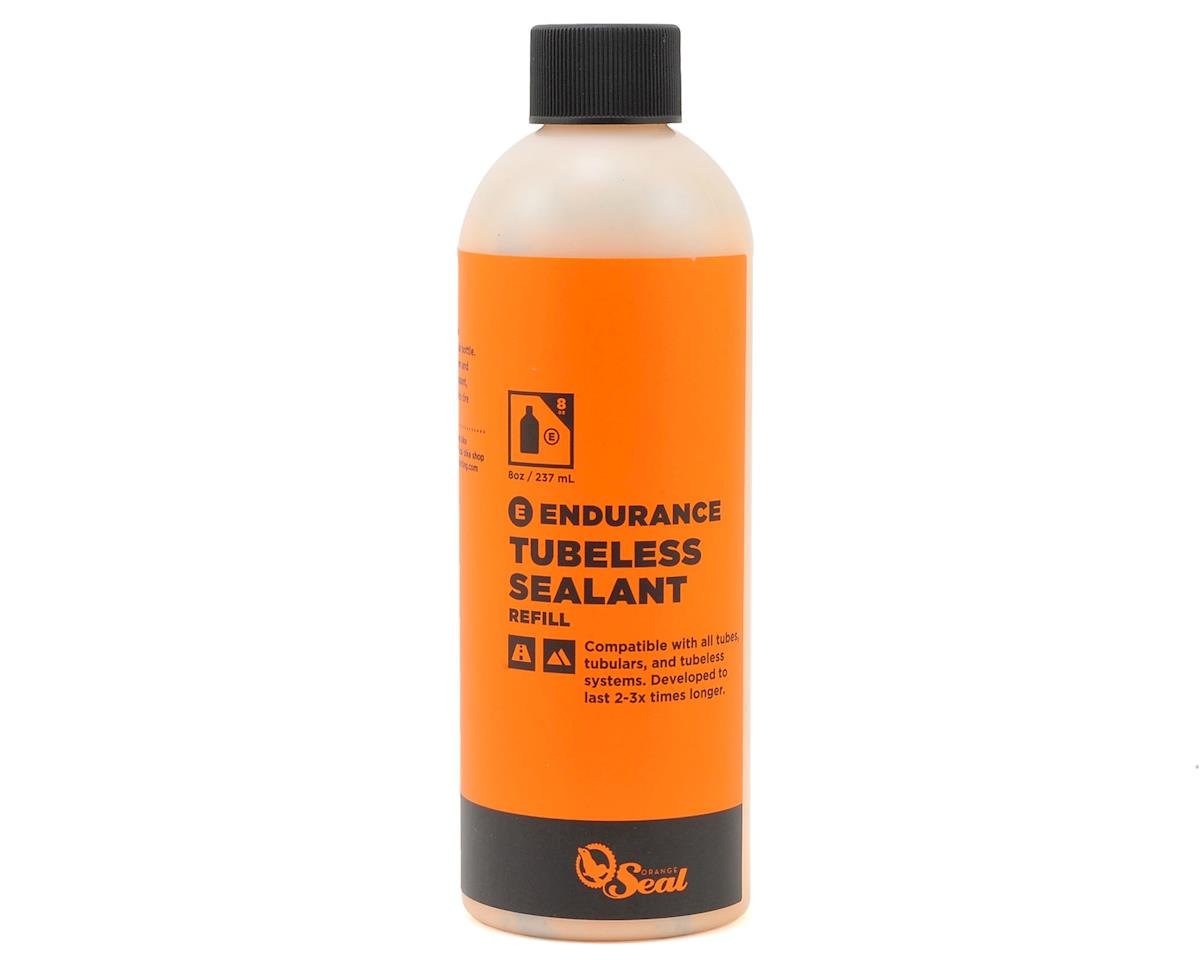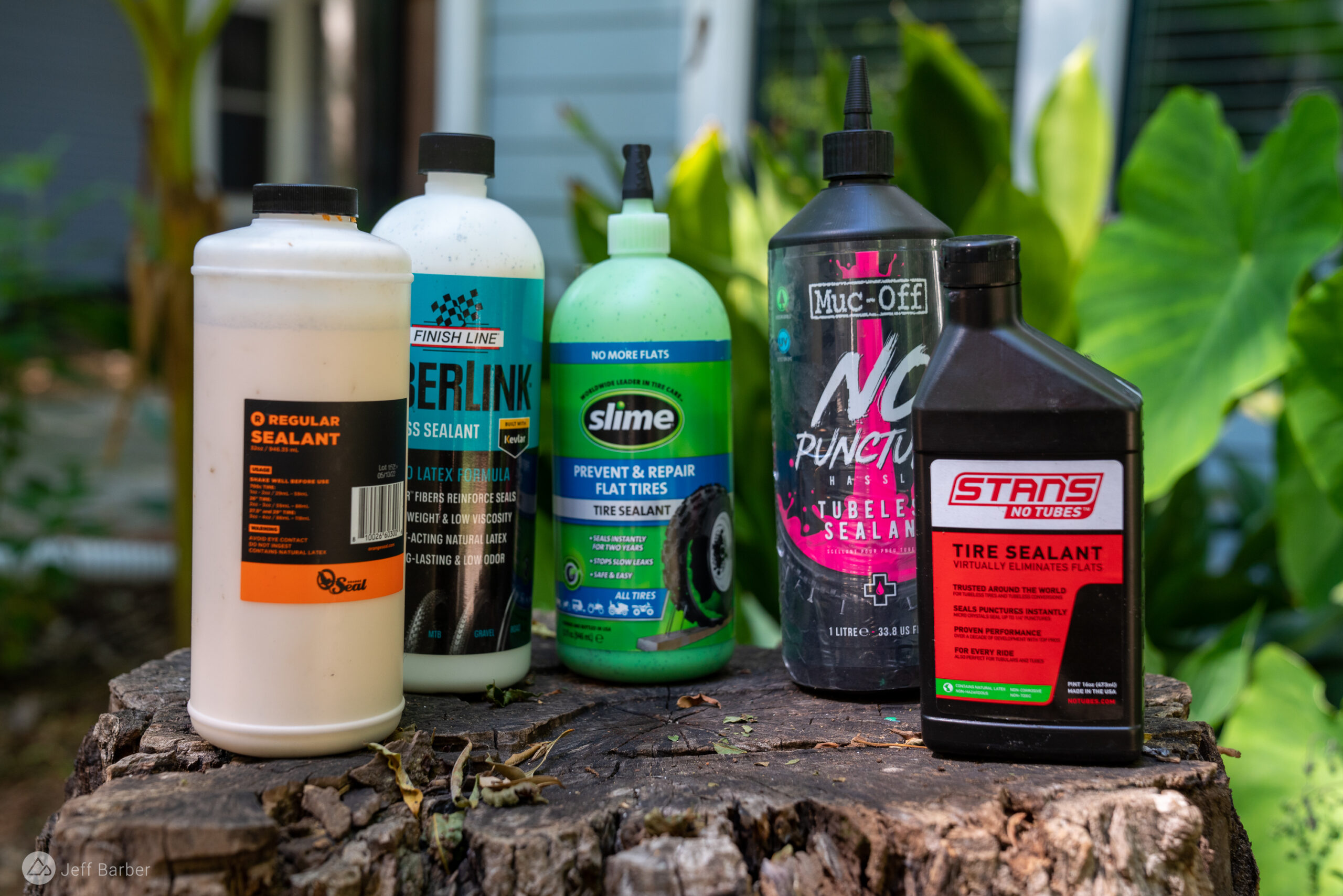Understanding Tubeless Sealant for Road Bicycles
Tubeless sealant is a liquid solution used in tubeless tire systems to create an airtight seal between the tire and rim. This sealant works by filling in the microscopic gaps and imperfections found in the tire and rim interface, preventing air from escaping and providing a more reliable and consistent air pressure. For road bicycles, tubeless sealant offers several benefits, including improved puncture resistance and lower rolling resistance compared to traditional clincher tire setups.
Key Factors to Consider When Choosing Tubeless Sealant
When selecting the best tubeless sealant for road tires, there are several key factors to consider. Durability is crucial, as a sealant that lasts longer between replacements can save time and money. Viscosity is another important factor, as a sealant that is too thick may not flow properly into the tire’s microscopic gaps, while a sealant that is too thin may not provide an adequate seal. Ease of application is also essential, as a sealant that is difficult to apply can lead to frustration and wasted time. Eco-friendliness is increasingly becoming a consideration for many cyclists, so choosing a sealant that is environmentally friendly is a plus. Lastly, compatibility is crucial, as a sealant that is not compatible with the user’s tires and rims may not provide an adequate seal or could even damage the components.
Top Tubeless Sealant Brands for Road Bike Tires
When it comes to tubeless sealant for road bike tires, there are several top brands to consider. Stan’s NoTubes is a well-known brand that offers a sealant with excellent puncture resistance and long-lasting durability. Orange Seal is another popular brand that provides a sealant with low viscosity, making it easy to apply and ensuring a proper seal. Finish Line is a trusted brand in the cycling industry and offers a tubeless sealant that is eco-friendly and easy to clean up. When choosing a tubeless sealant, it’s essential to consider the brand’s reputation, unique features, and benefits, as well as user reviews and testimonials to ensure the best possible performance and compatibility with the user’s tires and rims.
Product Review: Stan’s NoTubes Tubeless Sealant
Stan’s NoTubes Tubeless Sealant is a popular choice among cyclists looking for a reliable and high-performing tubeless sealant for their road bike tires. This sealant is known for its excellent puncture resistance, which is achieved through the use of natural fibers that help to seal punctures quickly and effectively. Stan’s NoTubes Tubeless Sealant is also long-lasting, with many users reporting that it can last for several months without needing to be replaced. However, some users have noted that this sealant can be a bit messy to apply, and that it may require more frequent replacement than some other brands.
One of the unique features of Stan’s NoTubes Tubeless Sealant is that it is designed to be easy to clean up, even if it does get on clothing or other surfaces. This is achieved through the use of a non-toxic and biodegradable formula that is easy to wash off with soap and water. Additionally, Stan’s NoTubes Tubeless Sealant is compatible with a wide range of tires and rims, making it a versatile choice for cyclists with different equipment.
Users of Stan’s NoTubes Tubeless Sealant have reported that it provides excellent performance in a variety of conditions, from dry and dusty trails to wet and muddy roads. Many users have also noted that this sealant helps to reduce rolling resistance, which can lead to faster speeds and improved overall performance. However, some users have reported that this sealant can be a bit more expensive than some other brands, which may be a consideration for cyclists on a budget.
Product Review: Orange Seal Tubeless Sealant
Orange Seal Tubeless Sealant is another popular choice among cyclists looking for a reliable and high-performing tubeless sealant for their road bike tires. This sealant is known for its excellent puncture resistance, which is achieved through the use of a unique formula that includes both latex and nanoparticles. Orange Seal Tubeless Sealant is also long-lasting, with many users reporting that it can last for several months without needing to be replaced.
One of the unique features of Orange Seal Tubeless Sealant is that it is designed to be easy to apply, even in cold temperatures. This is achieved through the use of a formula that remains pourable and flowable in a wide range of temperatures, making it a great choice for cyclists who ride in cold or variable weather conditions. Additionally, Orange Seal Tubeless Sealant is compatible with a wide range of tires and rims, making it a versatile choice for cyclists with different equipment.
Users of Orange Seal Tubeless Sealant have reported that it provides excellent performance in a variety of conditions, from dry and dusty trails to wet and muddy roads. Many users have also noted that this sealant helps to reduce rolling resistance, which can lead to faster speeds and improved overall performance. However, some users have reported that this sealant can be a bit more expensive than some other brands, which may be a consideration for cyclists on a budget.
Product Review: Finish Line Tubeless Sealant
Finish Line Tubeless Sealant is a popular choice among cyclists looking for a reliable and high-performing tubeless sealant for their road bike tires. This sealant is known for its excellent puncture resistance, which is achieved through the use of a unique formula that includes both latex and proprietary fibers. Finish Line Tubeless Sealant is also long-lasting, with many users reporting that it can last for several months without needing to be replaced.
One of the unique features of Finish Line Tubeless Sealant is that it is designed to be easy to apply, even in cold temperatures. This is achieved through the use of a formula that remains pourable and flowable in a wide range of temperatures, making it a great choice for cyclists who ride in cold or variable weather conditions. Additionally, Finish Line Tubeless Sealant is compatible with a wide range of tires and rims, making it a versatile choice for cyclists with different equipment.
Users of Finish Line Tubeless Sealant have reported that it provides excellent performance in a variety of conditions, from dry and dusty trails to wet and muddy roads. Many users have also noted that this sealant helps to reduce rolling resistance, which can lead to faster speeds and improved overall performance. However, some users have reported that this sealant can be a bit more expensive than some other brands, which may be a consideration for cyclists on a budget.
How to Apply Tubeless Sealant to Road Bike Tires
Applying tubeless sealant to road bike tires can seem like a daunting task, but with the right tools and techniques, it can be a quick and easy process. Here’s a step-by-step guide on how to apply tubeless sealant to your road bike tires:
- Start by cleaning your tires and rims thoroughly to ensure that there is no dirt or debris that could interfere with the sealing process.
- Next, remove the valve core from the valve stem on your rim. This will make it easier to add sealant to the tire.
- Using a sealant injector or a squeeze bottle, add the recommended amount of sealant to your tire. The amount of sealant needed will vary depending on the size of your tire and the manufacturer’s recommendations.
- Once the sealant has been added, reinstall the valve core and inflate the tire to the recommended pressure. Spin the wheel to distribute the sealant evenly inside the tire.
- Allow the sealant to sit for a few hours to ensure that it has fully coated the inside of the tire and has had time to seal any small punctures or gaps.
- Finally, check the tire for leaks by submerging it in water or using a soap and water solution. If you see any bubbles, this indicates that there is a leak that needs to be addressed.
When applying tubeless sealant, it’s important to minimize mess and ensure that the sealant is distributed evenly inside the tire. Using a sealant injector or a squeeze bottle can help with this, as can inflating the tire to the recommended pressure and spinning the wheel to distribute the sealant.
Maintaining and Replacing Tubeless Sealant in Road Bike Tires
Maintaining and replacing tubeless sealant in road bike tires is an important part of ensuring optimal performance and longevity. Here are some tips on how to do so:
How often to replace tubeless sealant
The frequency with which you need to replace tubeless sealant will depend on several factors, including the type of sealant you are using, the conditions you are riding in, and the age of the sealant. As a general rule of thumb, most tubeless sealants will last between 2-6 months before they need to be replaced. However, if you are riding in wet or muddy conditions, or if you are experiencing a lot of punctures, you may need to replace the sealant more frequently.
What to look for when determining if the sealant needs to be replaced
There are a few signs that can indicate that it’s time to replace the tubeless sealant in your road bike tires. These include a decrease in puncture resistance, a loss of tire pressure, or visible signs of dry or clumpy sealant inside the tire.
Tips for maximizing the lifespan of tubeless sealant
- Use a high-quality tubeless sealant that is designed for road bike tires.
- Store your bike in a dry, cool place to prevent the sealant from drying out or becoming clumpy.
- Check the tire pressure regularly and top up the sealant as needed.
- Avoid riding through deep puddles or mud, as this can wash away the sealant and reduce its effectiveness.
How to replace tubeless sealant
Replacing tubeless sealant in road bike tires is a relatively simple process. Here’s a step-by-step guide:
- Start by deflating the tire completely.
- Remove the valve core from the valve stem on your rim.
- Using a sealant injector or a squeeze bottle, add the recommended amount of sealant to your tire. The amount of sealant needed will vary depending on the size of your tire and the manufacturer’s recommendations.
- Once the sealant has been added, reinstall the valve core and inflate the tire to the recommended pressure. Spin the wheel to distribute the sealant evenly inside the tire.
- Allow the sealant to sit for a few hours to ensure that it has fully coated the inside of the tire and has had time to seal any small punctures or gaps.
- Finally, check the tire for leaks by submerging it in water or using a soap and water solution. If you see any bubbles, this indicates that there is a leak that needs to be addressed.
By following these tips, you can ensure that your tubeless sealant is properly maintained and replaced, which will help to ensure optimal performance and longevity for your road bike tires.







